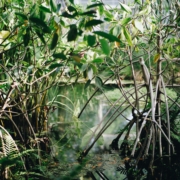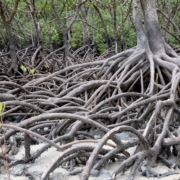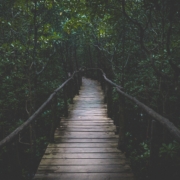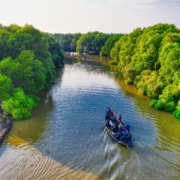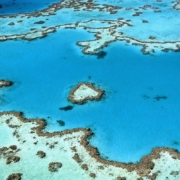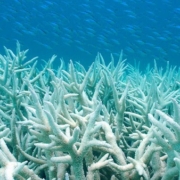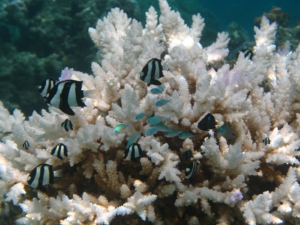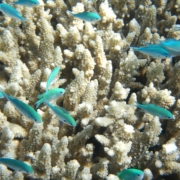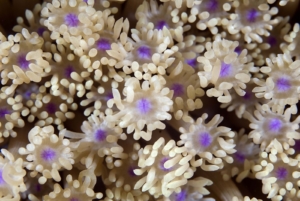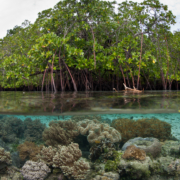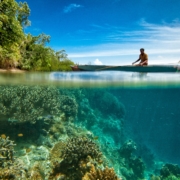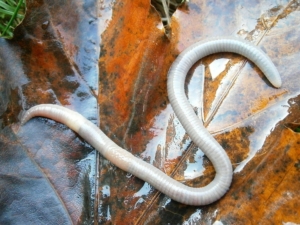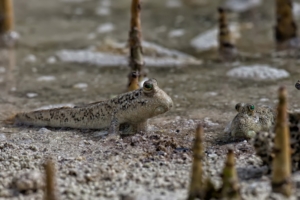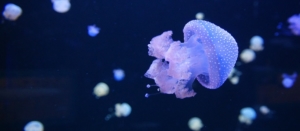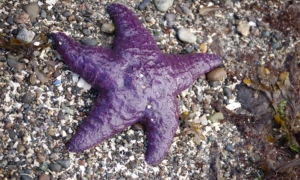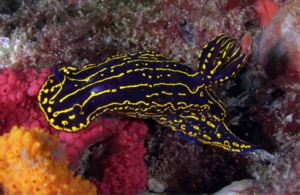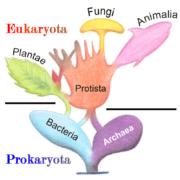Storm damage and floods have increased over the last few years due to a myriad of factors. One of them is increased coastal development. We are quickly removing nature’s natural defenses against storms and floods.
Mangroves act as nature’s first defense against storm surges and waves. They also protect estuaries and coastlines from erosion. These attributes make them perfect flood mitigators and can minimize storm damage in coastal areas. Mangroves have special roots that are very adept at holding sediments in place. Their unique ability to grow in salt water and in intertidal zones allows mangroves to act as a buffer against wave action. If you remove mangroves, there is no barrier between the ocean and the land. Unfortunately, coastal development is doing exactly that.
Mangroves can reduce wave energy by more than 60% within the first 100m. Planning coastal development around the ecosystems present so their function is not disrupted has many benefits for us. Globally mangrove forests are worth more than US$ 65 billion each year in coastal protection. In the United States, China and Taiwan mangroves protect a lot of high-value assets. In poorer countries, mangroves protect people from storms and flooding. Mozambique is the 7th country in line of those who benefit most from mangroves. Their flood protection abilities are worth more than US$1 billion.
The US and China are the two countries who benefit most from the little mangrove forest they have remaining in monetary terms. Mangrove forests have been extensively damaged and degraded across the globe. We have lost an estimated 40% of our mangrove forests to date. Mangroves are the most valuable in places that are the most vulnerable to climate change impacts because they protect adjacent ecosystems and the people who live there. In monetary terms mangroves are most valuable in places where they protect high-value coastal homes, buildings and infrastructures.
Plant some mangroves here: Get Started
Some Links
Nature
Author:
Layla Olefs
Sustainability Manager and Co-Founder of White Green Blue.
Layla is on a mission to create positive impact and to spread awareness about our beautiful home. As a marine conservationist and PADI Dive Master her passion is the marine world and, of course, mangroves. She is the author of our Ecology and Culture blog series. Stephen Olefs, our Community Development Coordinator, is taking the lead in our Green Tech blog series.

